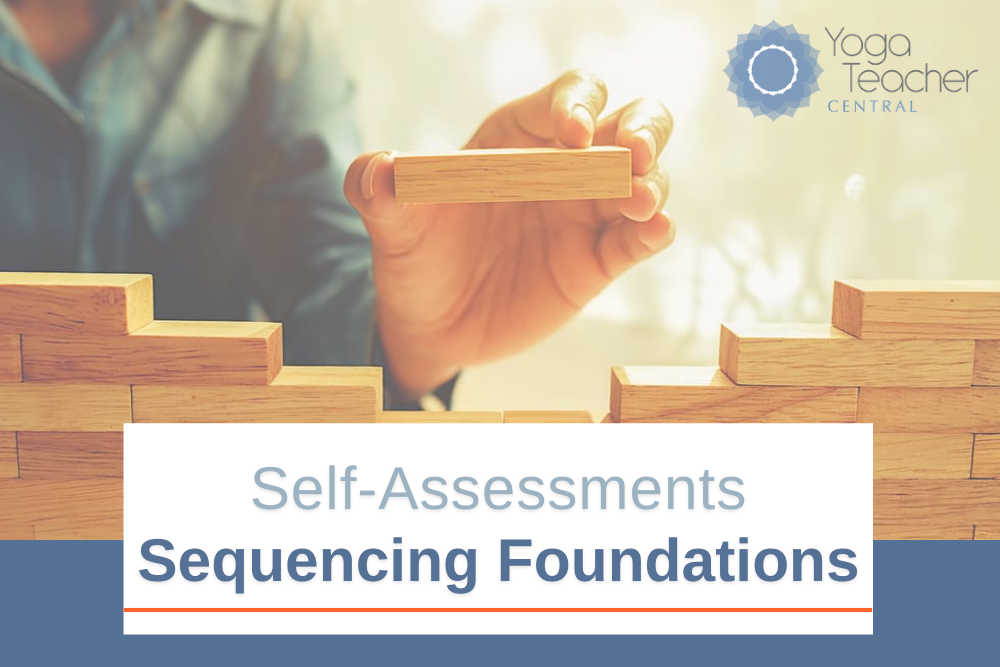
Introduction
Quickly assess your knowledge of Teaching Presence, and identify gaps in your education. See below for assessments on these subjects:
- Class Elements
- Sequencing Fundamentals & Guidelines
- Choosing & Arranging Poses
- Segmenting Your Class
- Sequencing & Pacing to Balance Energy
Purpose
Offer a series of free quizzes for yoga teachers to:
- Provide an effective way to assess knowledge of each of the Teaching Knowledge Standards.
- Make it easy to self-assess privately, on your own time.
- Help teachers who identify educational gaps to bolster their knowledge with accessible and practical lessons.
More Self-Assessments
For more self-assessments, see the Standards & Self-Assessment Hub.
Inviting Inspiration
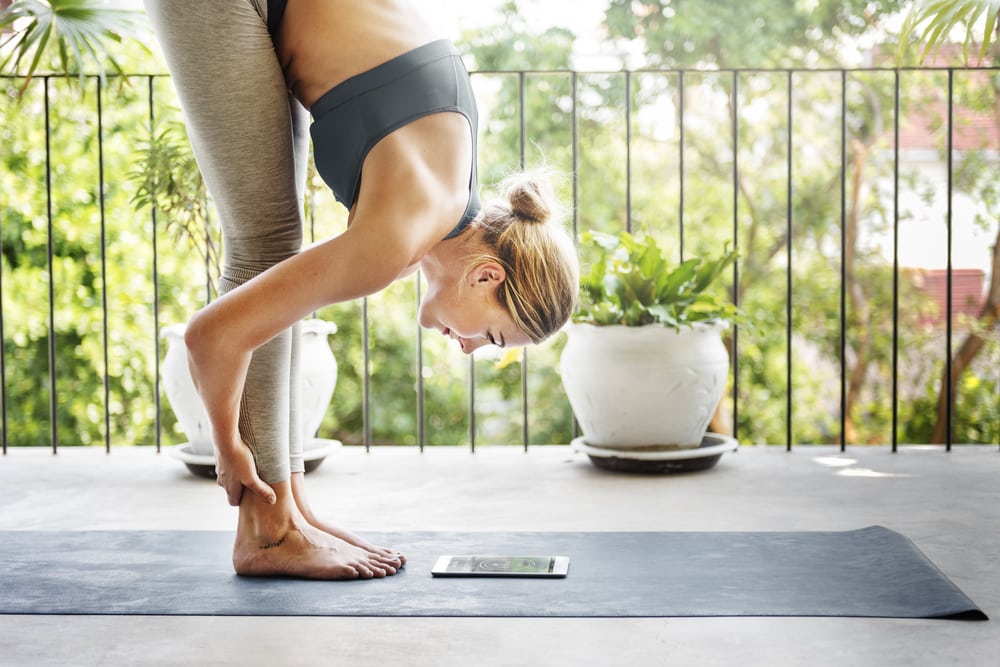
Teaching Standard
Have a structured process you can turn to for inviting inspiration and creativity using a mindful planning strategy.
Assessment
- Discuss the role of practice in your planning.
- Describe an approach to getting centered and inducing creative insights during your planning process.
- Provide considerations for thinking about the students you’re planning to teach, and how to use meditative awareness in your planning.
- When planning themes or topics of discussion, what are some examples?
- Discuss the vast array of techniques available to you in planning classes.
- Describe key elements of class to pay particular attention to.
Class Elements

Teaching Standard
Learn to consider a multitude of yoga techniques to create comprehensive class plans.
Assessment
- What are the uses and benefits of maintaining a list of yogic techniques?
- How can a list of tools improve your preparation? Provide examples.
- Provide a list of tools and techniques that you can consider when creating a class plan.
Sequencing Fundamentals & Guidelines

Teaching Standard
Lay the foundation for sequencing poses to safely and effectively meet class objectives.
Assessment
- What is involved in sequencing yoga poses?
- Name five aspects of an asana that are utilized in effective sequencing.
- Describe how sequencing takes into account the relationship between poses.
- What is the fundamental step in sequencing?
- What questions can you ask yourself to lead you to setting a class objective?
- Name five general categories of class objectives.
- Describe a basic principle of sequencing related to complexity of poses.
- A sequencing principle relates to moving from simple to complex poses and from gross to subtle. How can teachers guide students’ attention in a way that is consistent with this sequencing principle?
- How does the Desikachar lineage sequence dynamic and static poses?
- What are the priorities when moving through the arc of a class?
- What is a caution related to artistic sequencing?
Choosing & Arranging Poses
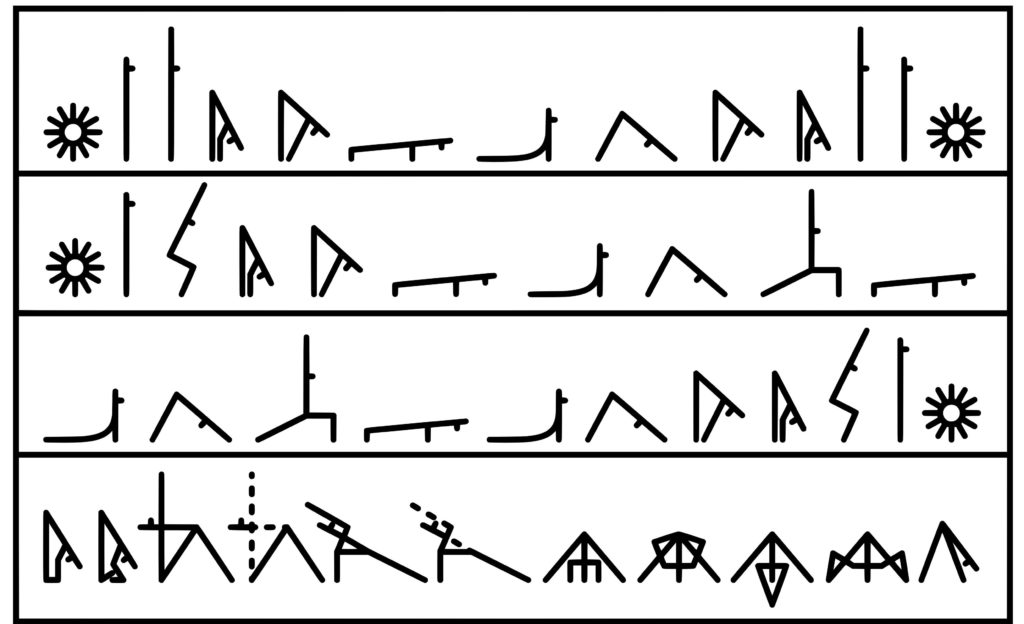
Teaching Standard
Learn how to apply anatomy, biomechanics and knowledge of poses to choose and arrange poses in order to promote a balance of strength and flexibility, prepare for a peak pose, sequence vinyasa flow, and meet other objectives.
Assessment
- What question can a teacher ask herself about every pose in the sequence?
- Describe the spinal movements found in a balanced yoga practice.
- How can the agonist-antagonist muscle relationship support a sequence intention?
- When designing a general asana sequence, what is the desired effect on joints?
- How are poses placed when preparing for a peak pose?
- How can considering the segments of a class help in designing and teaching a sequence?
- What are some reasons that a pose is chosen to be included and placed in a particular place in a sequence?
- When sequencing for a peak pose, what questions do experts suggest you ask yourself?
- Define neutral poses. What are some reasons for their use?
- Give examples of neutral poses.
- What are counterposes?
- How are counterposes sequenced?
- Why is it universally recommended that asana practice conclude with Savasana?
- How long should Savasana last?
Segmenting Your Class

Teaching Standard
Become familiar with how a class can be segmented in order to assist in effective sequencing and pacing, and how to use a segmented class framework for setting and meeting intentions.
Assessment
- What challenges do newer teachers face in trying to create a class that achieves all of their desired outcomes?
- What specific tasks are required to skillfully design and teach an effective sequence?
- No matter the style or teaching approach, what teaching tool can help to ensure a class feels balanced and effectively meets your intentions?
- Describe how a class might be segmented into five parts.
- Provide an example of how much time you might devote to each segment.
- What practice can help you to more easily notice if a class has begun to “get behind?”
- Provide ideas and considerations for class segments to use as a flexible teaching framework.
Sequencing & Pacing to Balance Energy
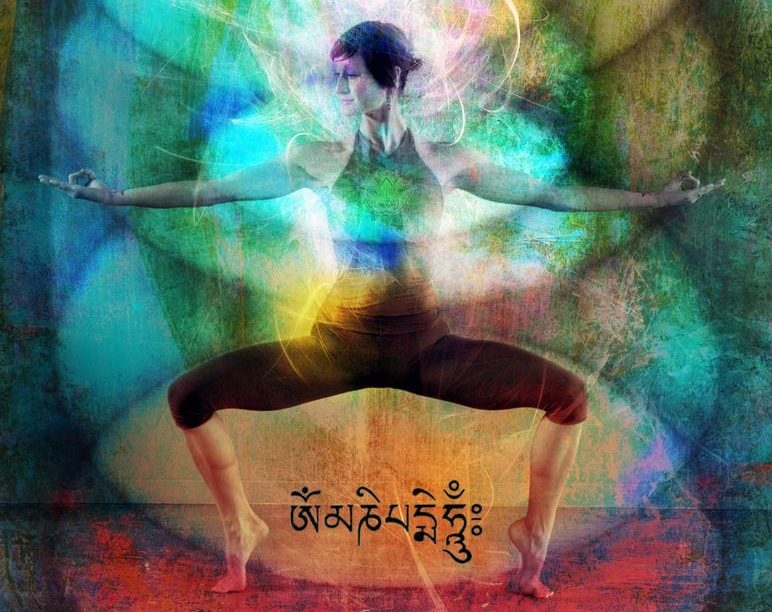
Teaching Standard
Explore how yoga affects energy and understand the guiding principles and practice effects of yogic tools (langhana, brahmana, samana) in order to sequence in a way that promotes energetic balance.
Assessment
- How do yoga practices affect energy?
- What is the fundamental goal of sequencing as it relates to energy?
- What are some ways in which to approach balancing energy?
- What can help guide your choices for bringing energetic balance?
- Define langhana. Give examples of practices said to have this effect.
- Define brahmana. Give examples of practices said to have this effect.
- Define samana. Give examples of practices said to have this effect.
- What are prana vayus and how are they relevant to sequencing?
Next Steps
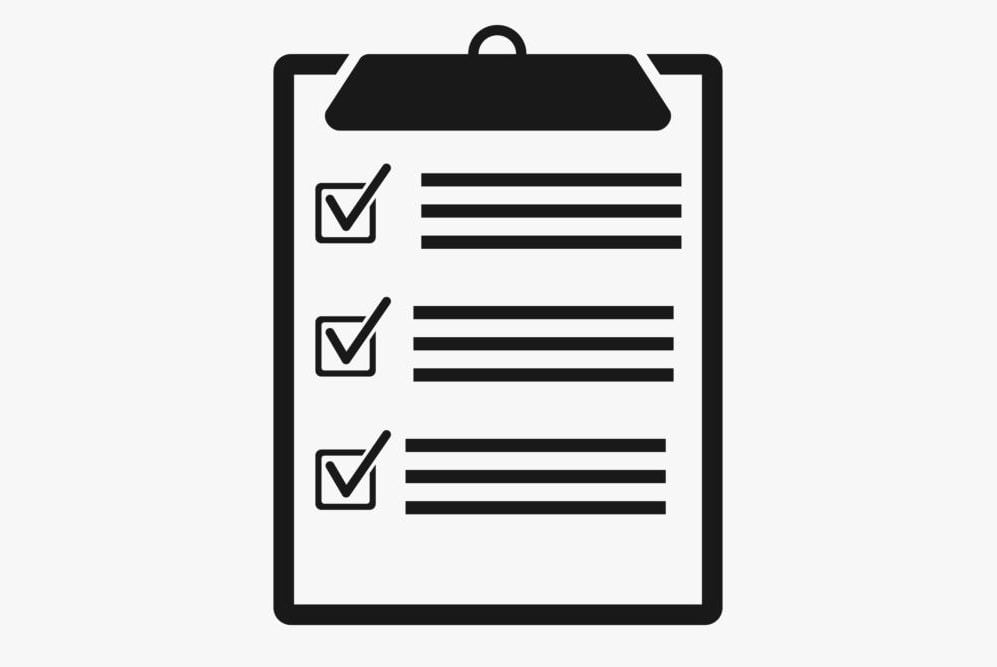
- To view more self-assessments, go to the Standards & Self-Assessment Hub.
- To bolster your knowledge and be recognized as a YTC teacher, enroll in the Yoga Teacher Central Study Program (details below).
- Members, view clear and concise lessons:

In a Nutshell
- The enrollment fee is $25 and is open to Yoga Teacher Central members, past members and non-members.
- Members receive current membership benefits plus additional benefits listed below.
- Enrollment in the Study Program qualifies you for lifetime YTC Teacher status.
Benefits
Enrolling in the Study Program gives you:
- A downloadable Knowledge Standards Lesson Guide to walk you through a structured study path toward certification.
- Selection of 5 downloadable lessons of your choice (from a library of nearly 500).
- Recognition as a YTC Teacher (for life; no expiration).
- Professional marketing kit for highlighting your YTC Teacher status on social media and your website.
- Excellent preparation for taking certification exams.
Members
- Your current membership gives you online access to not only thousands of pages of organized study and teaching knowledge, but also sequence breakdowns and teaching notes, theme plans, injury cheat-sheets, and so on.
- When you enroll in the Study Program, you get these additional benefits: a Knowledge Standards Lesson Guide, selection of 5 downloadable lessons of your choice, and a professional marketing kit for highlighting your YTC Teacher status on social media and your website.

See here for information about exams, badges and certification. Get links for each exam, and for a no-risk trial exam.
We think you’ll enjoy taking the exams. The questions are well-thought-out and the subject matter is quite engaging and significant for teachers. You’ll get an inspiring teaching after answering each question. At the end of the exam, you see a summary of wrong answers and the relevant teachings, giving you a personal study guide targeted to your needs.
This is an hour well-spent!










